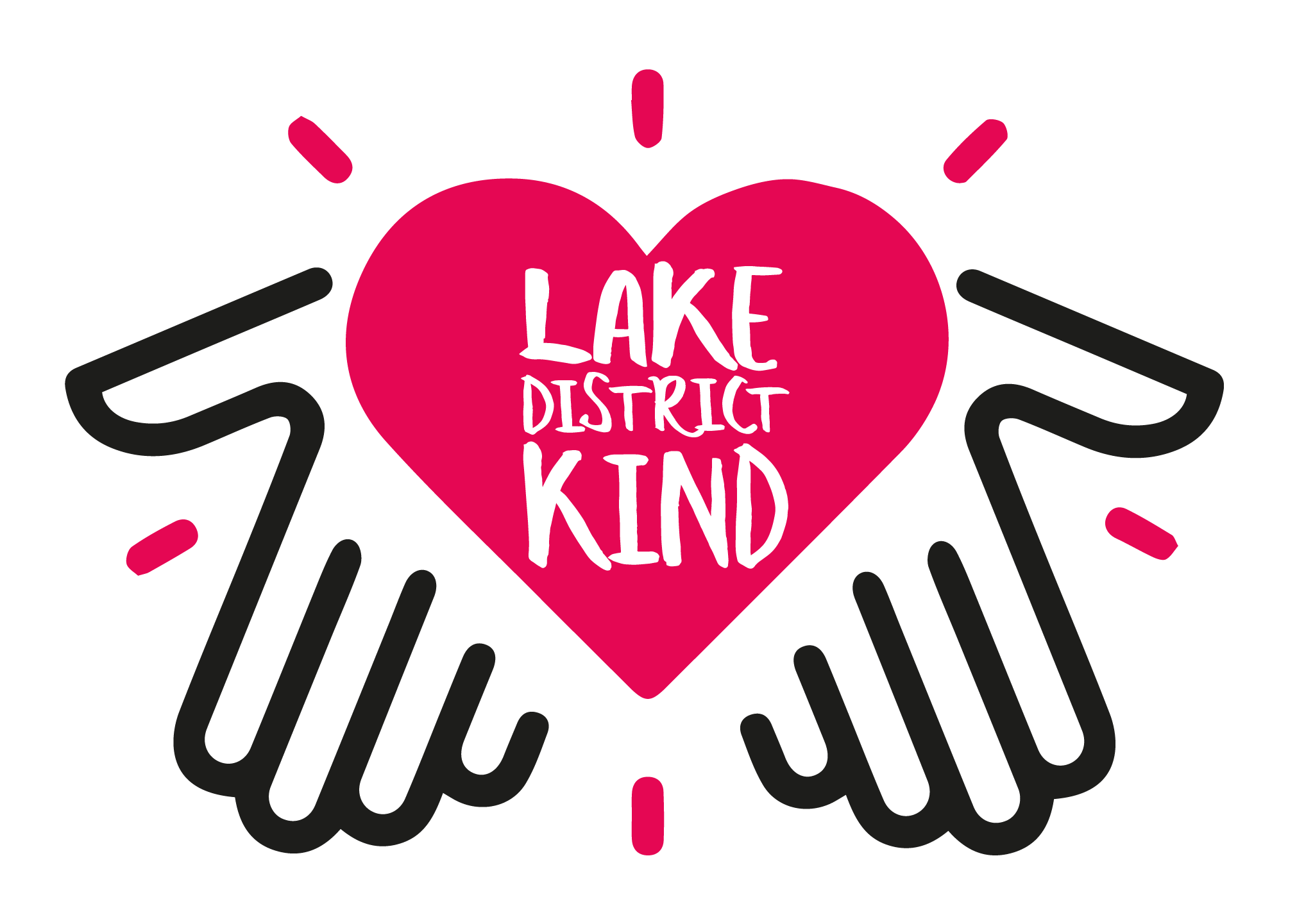Swimming in tarns, lakes and rivers is great fun, and a wonderful way to experience the Lake District landscape. Below you can discover where you can swim in our lakes and be inspired by nearby swimming groups, sessions and events. Plus, information about swimming safely including the swim safe code and some useful videos.
You can swim in most of the lakes, tarns and rivers in the Lake District. Some lakes are busier than others, here's our guide to where to have an enjoyable and safe dip.
These lakes have no motorboats, but may have rowing boats, canoes and kayaks:
There are lots of quiet tarns and rivers too, which can be great places for a dip. Just beware that tarns are generally cooler than lakes, and can be very cold even on a hot summer's day!
These lakes all have motorboats, sailing boats and other craft:
In these busier lakes, we recommend picking a swim route along the shoreline, so you're less likely to be in the path of boats and cruisers. It's also important to make yourself as visible as possible. Wear a bright hat, have a tow float and use a support craft like a kayak or paddleboard, to keep safe and enjoy your swimming.
Swimming is not allowed in Ennerdale Water, Haweswater reservoir, Thirlmere reservoir and Kentmere reservoir.
Our Lake Activities Guide shows you what you can do in which lake.
As a general guide, if there are more than 50 people in your group, seek advice from the landowner. Likewise, if you intend to bring any infrastructure, like a gazebo.
On this section you 'll find information about swimming safely in lakes, rivers and tarns. Discover the swim safe code and some video guides on how to be seen in the water. You can also learn about cold water shock and how to prevent it.
The deep lakes and tarns in the Lake District can be cold, even on a hot summer's day. Exposure to cool water (RNLI website) can cause cold water shock and could lead to hypothermia, the early signs include struggling to move your hands, which can make swimming more difficult than normal. There can be rocks and hazards under the water that you can't see, and the water may be shallower than you think near jetties.
Blue-Green Algae occurs naturally in fresh water lakes, and is more likely during periods of warm, dry weather. While it can pose a small risk to human health, it can be lethal for dogs if they come into contact with it.
Our lakes, tarns and rivers can be very cold, even on the hottest days. Exposure to cold water (RNLI website) can rapidly lead to cold water shock so it's important to know how to avoid this, or what to do in instances of cold water shock.
For further water safety advice, tips and tricks, follow our Lake Rangers on Twitter.
Example: If steering a boat, which swimmer is easier to spot?

Open water swimming sessions give you a safe way to swim in new places, with hints on your swimming technique and joining a group for a fun day out. Here are some swimming coaches and groups across the Lake District (external websites).

Things to know before you go, tips to plan a great trip and help us look after the landscape you love.